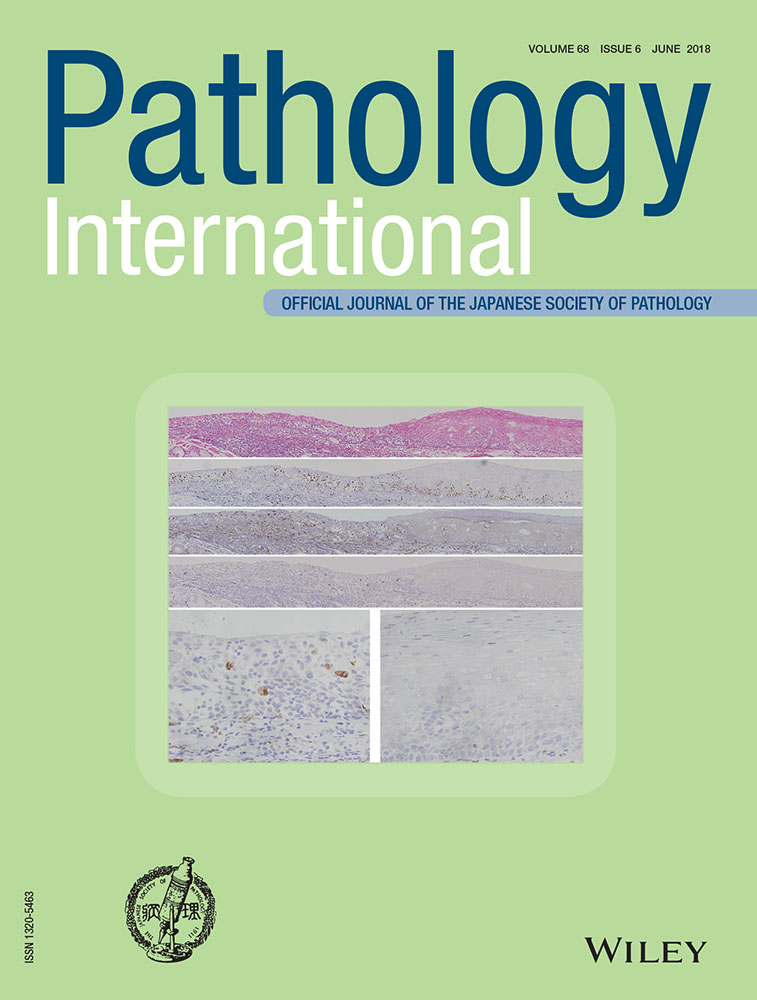Eosinophilia in the muscle layer of the esophagus and the urinary bladder in a Multiple System Atrophy patient with dysphagia and dysuria
Abstract
Multiple system atrophy (MSA) is a spinocerebellar degenerative disease characterized by cerebellar ataxia, parkinsonism, and autonomic failure. A 75-year-old woman who had suffered from dysphagia and dysuria under a diagnosis of probable MSA with predominant cerebellar ataxia underwent autopsy. Eosinophilia was seen extensively in the muscle layer of the esophagus and urinary bladder. Eosinophilic infiltration to the esophagus was localized in the smooth muscle layer and could be considered as “eosinophilic esophageal myositis” identified in patients with nutcracker esophagus and jackhammer esophagus. Dense eosinophilia was present within the smooth muscle layer of the urinary bladder along with muscle fiber degeneration. We suspected a neuropathic etiology associated with MSA as the cause of the histological changes in the esophagus and urinary bladder; however, the possibility that some other disease might also have been responsible for the eosinophilic infiltration of the muscle layer cannot be denied. To our knowledge, this is the first report showing localized eosinophilia in the muscle layers of the esophagus and urinary bladder in the same patient. Although localized eosinophilia in visceral muscle has not been understood well, our case suggests the possibility that it is a feature of functional motility disorders and may have a neuropathic etiology.




